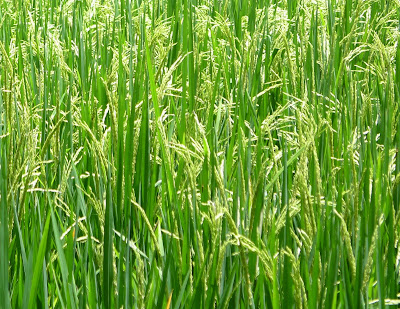CLOTH....
For me this trip to Asia was partly about cloth. I brake for great cloth.
I've even stopped people in the streets to admire their great cloth/clothes.
So now I want to talk about batik. Batik is a wax-resist approach.
The ways wax can be applied to cloth is by a brush of any size, or a djanting tool which is like a slow release fine funnel, or a larger area metal stamper that is dipped in a pan of wax and pressed onto the cloth.
After the wax cools it can be dyed. The wax does not let dye penetrate to the cloth.
The cloth below was done by such a stamper.
This (above) is a very traditional Indonesian pattern that used to be reserved for royalty. See below for old photo.
Here are some examples of waxed cloth, first the royalty pattern.
The batik below was done with a djanting tool-- the fine white lines signify where the wax was put down. The rest of the pattern may have been stamped-- the fish, leaves, birds, etc.
Here's more of the pattern including the sails boats.
I love this bird in wax resist below. You can see the places where the wax cracked & allows dye to seep in between the blue&black figures. This piece has at least two dye processes. Blue was dyed first, then another layer of wax went down and the cloth was dipped in black. This is very labor intensive. This piece was done by hand.
And the cloth I did buy & didn't buy below!
I didn't, even though it was a very unusual lotus pattern.
I thought it wasn't very pretty, it was graphic, but too clunky.
But this below, I did get!
The whole cloth. Notice peacocks & butterflies[moths or cicadas?].
This cloth was very old (it had worn holes in it) and the batik work in it was very fine.
But when I wore it as a sarong it tore! It was fragile old cloth.
I will use it for my own textile work.
Some batik sarongs I saw....
In Bali we got a batik tablecloth.
It has three dye colors: tan & two shades of blue. Each dragonfly is different.
Dragonflies: they symbolize new beginnings.
That was compelling.
Another kind of resist is a paste resist. You take some flour like corn, tapioca, or rice. You add boiling water to make paste. Then the paste stenciled or stamped onto cloth. After the paste is thoroughly dry you dip the cloth in indigo or some other dye.
Below are some examples of this kind of work.
I very much love the breakdown in the paste resist that gives unclear results. It's the joyful accidents of cloth that are so delicious!
The umbrella motifs on this scarf that I got in Bali seems to me 'very Japanese'.




































































